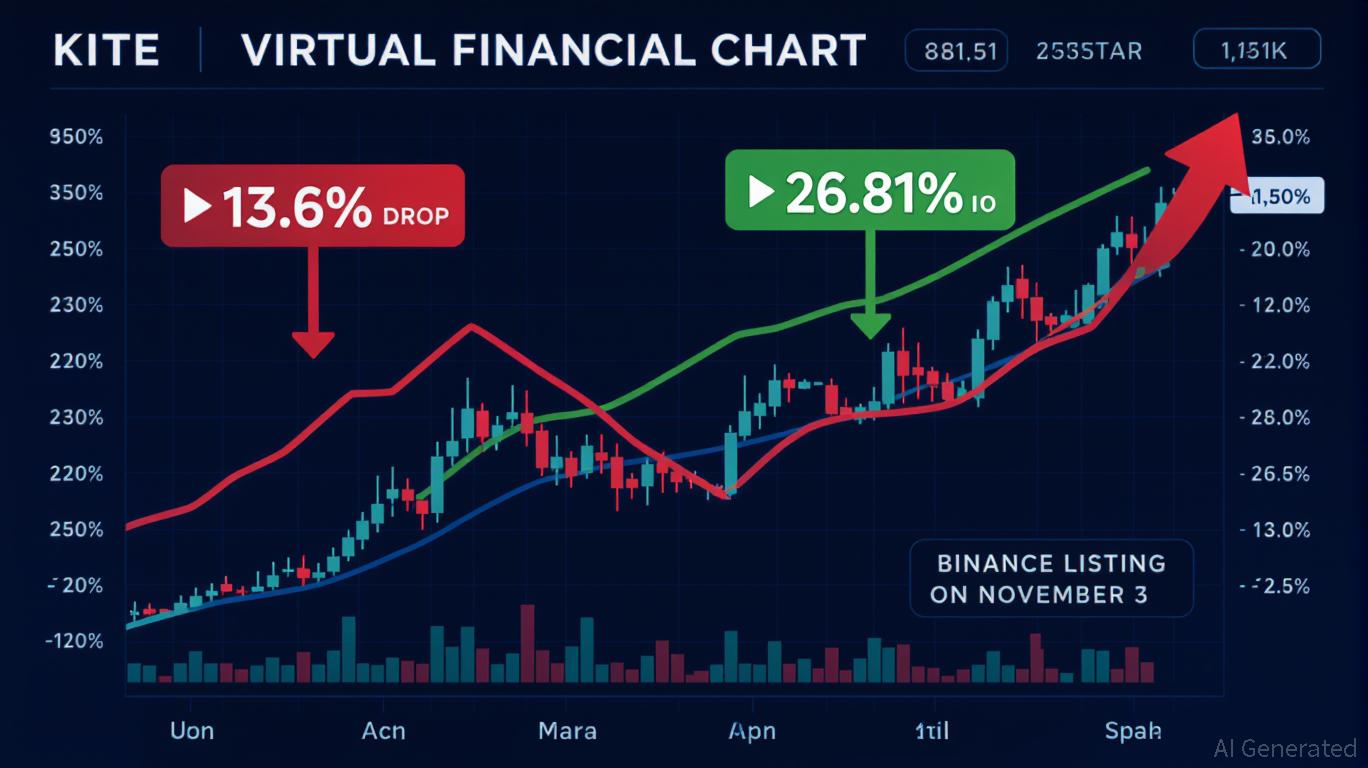Money laundering fraudsters favoring stablecoins over Bitcoin as preferred digital currency
Chainalysis research has found that stablecoins are replacing Bitcoin as the preferred digital currency to run money laundering schemes. The crypto analytics firm claimed that these fiat-pegged tokens were used in nearly 63% of money laundering transactions in 2024.
The Chainalysis report asserted that stablecoins are mostly preferred because they are easy to send overseas. They can also be traded informally without identity verifications. The report says stablecoins are the new “back accounts” for criminal organizations.
A “back account” is the final drop account from which the funds transferred across several accounts are withdrawn. The first account where deceived victims deposit their money is referred to as the “front account.”
The report claims that, until 2021, Bitcoin was used almost exclusively for various money laundering crimes; however, stablecoins have recently become more untraceable, especially across borders. The growth of stablecoins has also led to a corresponding increase in their illegal use.
FATF supports Chainalysis’s findings
The Financial Action Task Force (FATF) reported in June that the use of stablecoin by criminals has increased significantly since last year. The FATF also claimed that the majority of illicit activities on blockchains involve stablecoins.
The United Nations Office on Drugs and Crime (UNODC) also published a report in January claiming Tether (USDT) was the most popular currency for criminal gangs in Southeast Asia. The main reason stablecoins were used for laundering proceeds from criminal activities is their versatility. The UNODC noted the difficulty in smuggling fiat currencies overseas; converting them in Korea is even more challenging.
The Chainalysis report also found that converting criminal proceeds into stablecoins allows for easy cross-border remittance. Money launderers can bypass exchanges by using overseas crypto exchanges that don’t require KYC (know your customer) verification. They can also use OTC (over-the-counter) transactions.
The report noted that while stablecoins are fundamentally traceable, their decentralized nature allows them to avoid government control. It further noted that although the transactions may leave a trail, crypto wallets make tracking difficult because they use randomized alphanumeric characters. Tumbled or mixed stablecoins become even more challenging to track.
Korea’s stablecoin-related fraud surges
The report also found that Korean criminals are increasingly turning to stablecoins for the so-called “Oda Jangip fraud”. The scam begins with false advertising on online shopping stores or second-hand marketplaces, and then money is scammed from unsuspecting buyers.
Stablecoins are used to launder proceeds from small-scale frauds (hundreds of thousands of dollars) and large-scale scams (hundreds of millions of dollars and more).
However, the report suggests that criminals involved in stablecoin-related crimes often receive lenient sentences. Chainalysis gave an example of one criminal who laundered over $188 million while working for a voice phishing ring in January. The criminal, whom the analytics firm chose to call Person A, bought Ethereum and transferred it to an overseas crypto exchange.
The ETH was then swapped for USDT and transferred to a crypto wallet controlled by the ring. The money laundering process began with domestic bank accounts, ETH, overseas crypto exchanges, stablecoins, and then a crypto wallet. However, the criminal received only one year and six months in prison, suspended for three years in August.
Another criminal was reportedly sentenced to eight months in prison and two years’ probation for deceiving a victim who bought perfume through a second-hand marketplace. The criminal received the customer’s 220,000 won deposit through a fake bank account, and then exchanged it for USDT to cash out.
The report noted that financial fraud organizations that use stablecoins primarily use tactics such as voice phishing, stock/coin “leading room” scams, and second-hand market fraud. They then seek ways to launder the proceeds cleanly and withdraw them as cash.
Disclaimer: The content of this article solely reflects the author's opinion and does not represent the platform in any capacity. This article is not intended to serve as a reference for making investment decisions.
You may also like
Kite (KITE) Price Forecast and Market Sentiment After Listing: Managing Fluctuations and Assessing Institutional Interest
- Kite (KITE) launched on Binance on November 3, 2025, opening at $0.11 before dropping 13.6% to $0.095, highlighting post-listing volatility. - Short-term price swings were driven by institutional interest in BingX's Xpool staking and leveraged trading up to 50x, per CoinMarketCap analysis. - Long-term potential emerges through BingX's structured staking and U.S. crypto ETF approvals, which could normalize KITE as an AI-focused asset class. - The token's $929M FDV and SPACE Framework's AI agent infrastruc

The MMT Token TGE and What It Means for the Changing Cryptocurrency Landscape
- Momentum (MMT) token's TGE on Nov 4, 2025, saw 885% price surge to $0.8859, highlighting crypto market volatility and TGE dynamics. - MMT's hybrid tokenomics balance inflation (post-6-month launch) with 20% fee-based buybacks and 15% profit-driven burns to sustain value. - Cross-chain expansion via Sui blockchain airdrops and BNB-based incentives demonstrate strategic focus on interoperability and user acquisition. - 376x oversubscribed Binance Prime sale and retroactive HODLer airdrops reflect strong re

Ledger Booms As Security Fears Grip Crypto Markets

Is Pump.fun (PUMP) Poised for a Breakout? Key Pattern Formation Suggests So!

